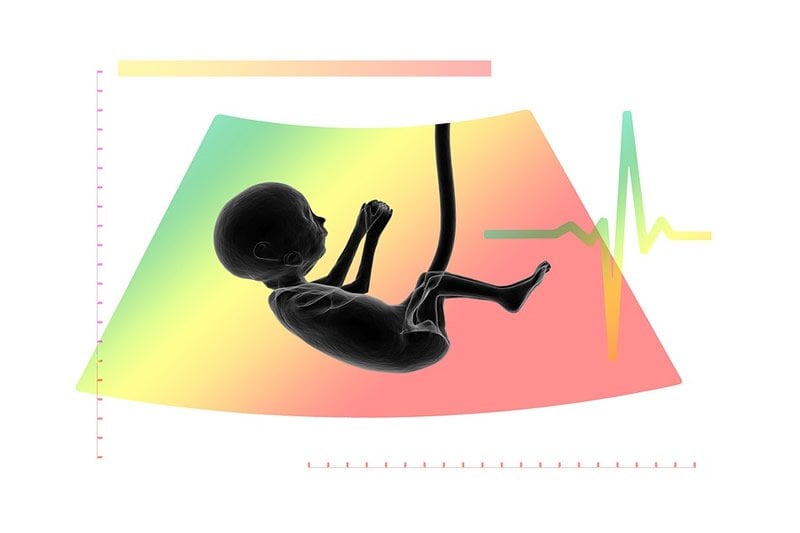Summary: Both human and mouse fetuses have their own microbiome, which is transmitted from the mother. Findings provide new avenues for interventions during pregnancy to stimulate the fetal microbiome when the mother shows risk of premature birth.
Source: Ann & Robert H. Lurie Children’s Hospital of Chicago
A study in humans and mice demonstrated that a fetus has its own microbiome, or communities of bacteria living in the gut, which are known to play important roles in the immune system and metabolism. Researchers also confirmed that the fetal microbiome is transmitted from the mother. These findings open the door to potential interventions during pregnancy to stimulate the fetal microbiome when a premature birth is expected, to help the baby grow faster and be better equipped to tolerate early life infection risk. The study was published in the journal JCI Insight.
“Our study provides strong proof that a complex microbiome is transmitted from the mother to the fetus,” says senior author Patrick Seed, MD, PhD, Associate Chief Research Officer of Basic Sciences at Stanley Manne Children’s Research Institute at Ann & Robert H. Lurie Children’s Hospital of Chicago, and Research Professor of Pediatrics, Microbiology and Immunology at Northwestern University Feinberg School of Medicine. “Unlike other studies relying only on next generation DNA sequencing, we validated our sequencing results with microscopy and culture techniques, to resolve a decades long controversy about the existence of a fetal microbiome. Now we can pursue ways to boost the development of fetal immune system and metabolism by stimulating mom’s microbiome. Our findings point to many promising opportunities for much earlier intervention to prevent future disease.”

The human microbiome is estimated to consist of over a trillion bacteria in a single person, with 10 times the number of microbial cells to every human cell. Research has established that specific microbiome characteristics play causal roles in obesity, allergy, asthma, diabetes, autoimmune disease, depression and a variety of cancers.
“Establishing a dynamic microbiome in the fetus leads us to suspect that controlled exposure to microbes trains the developing immune system and metabolism,” says Dr. Seed. “We need more research to better understand the mechanisms involved and how we can intervene to improve children’s health at the start of life and beyond.”
Source:
Ann & Robert H. Lurie Children’s Hospital of Chicago
Media Contacts:
Vita Lerman – Ann & Robert H. Lurie Children’s Hospital of Chicago
Image Source:
The image is in the public domain.
Original Research: Open access
“Fetal exposure to the maternal microbiota in humans and mice”. Patrick Seed et al.
JCI Insight doi:10.1172/jci.insight.127806.
Abstract
Fetal exposure to the maternal microbiota in humans and mice
Previous studies have demonstrated the presence of microbial DNA in the fetal environment. However, it remains unclear whether this DNA represents viable bacteria and how it relates to the maternal microbiota across body sites. We studied the microbiota of human and mouse dyads to understand these relationships, localize bacteria in the fetus, and demonstrate bacterial viability. In human preterm and full-term mother-infant dyads at the time of cesarean delivery, the oral cavity and meconium of newborn infants born as early as 24 weeks of gestation contained a microbiota that was predicted to originate from in utero sources, including the placenta. Using operative deliveries of pregnant mice under highly controlled, sterile conditions in the laboratory, composition, visualization, and viability of bacteria in the in utero compartment and fetal intestine were demonstrated by 16S rRNA gene sequencing, fluorescence in situ hybridization, and bacterial culture. The composition and predicted source of the fetal gut microbiota shifted between mid- and late gestation. Cultivatable bacteria in the fetal intestine were found during mid-gestation but not late gestation. Our results demonstrate a dynamic, viable mammalian fetal microbiota during in utero development.






